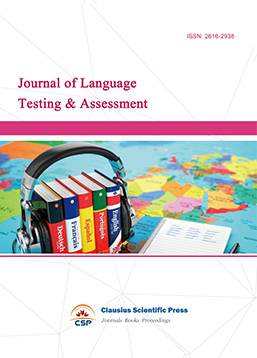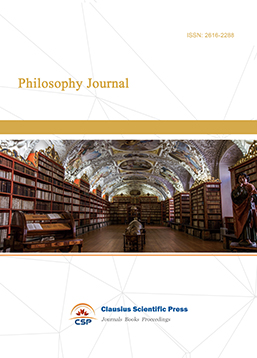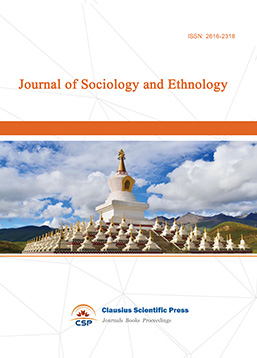The Influence of English Homophony in Short Video on English Teaching
DOI: 10.23977/langl.2024.070514 | Downloads: 42 | Views: 1088
Author(s)
Song Wei 1
Affiliation(s)
1 Lyceum of the Philippines University, Muralla St, Intramuros, Manila, 1002 Metro Manila, the Philippines
Corresponding Author
Song WeiABSTRACT
English learning has various difficulties for second language learners, and the emerging short video is undoubtedly a new thing for non-native English learners, especially college students. It can take advantage of the time, flexibility, high interactivity and relaxed audio-visual effects of fragmented words to maximize the interest of Chinese non-native English students in learning English. At present, a large number of materials have been introduced into English teaching classes, including films, plays, documentaries, and many American dramas. In contrast, the introduction of short video materials into the classroom is more convenient, faster and more acceptable. In addition, in these short videos, the teaching and research of homophonic English for English vocabulary are relatively few, and there is no relevant research results. Therefore, it will be a meaningful innovation to apply homophonic English in short videos to English teaching. However, English homophonies in short videos can help English learners memorize English words quickly, but it can sometimes bring confusion to learners who have not learned the English International Phonetic Alphabet. Therefore, the author explores the feasibility of short video English homophonic for English teaching and applies it to English classroom teaching. I hope that I can contribute to the cause of English teaching and provide some inspiration and suggestions to the English teaching staff in China.
KEYWORDS
Short Video; English Homophonic Vocabulary Chinese; Teaching of English VocabularyCITE THIS PAPER
Song Wei, The Influence of English Homophony in Short Video on English Teaching. Lecture Notes on Language and Literature (2024) Vol. 7: 96-99. DOI: http://dx.doi.org/10.23977/langl.2024.070514.
REFERENCES
[1] Stephen D. Krashen. "Principles and Practice of Second Language Acquisition" 1985 A Review of Krashen's Language Input Hypothesis Dou ding https://www.docin.com/ 2015-05-5.
[2] Zhang Yunbin. Using homophonic memory method to improve the effect of primary school word memory. New Course (Middle) Journal October 18, 2018.
[3] He Yining. How to Teach Middle School English Vocabulary. He Yining's Business Stories, Journal 2015-05-05.
[4] Yang Juan. A Brief Talk on College English Vocabulary Teaching Strategies. Science and Education Guide (the first ten day issue) March 5, 2013.
| Downloads: | 50752 |
|---|---|
| Visits: | 983378 |
Sponsors, Associates, and Links
-
Journal of Language Testing & Assessment

-
Information and Knowledge Management

-
Military and Armament Science

-
Media and Communication Research

-
Journal of Human Movement Science

-
Art and Performance Letters

-
Lecture Notes on History

-
Philosophy Journal

-
Science of Law Journal

-
Journal of Political Science Research

-
Journal of Sociology and Ethnology

-
Advances in Broadcasting


 Download as PDF
Download as PDF